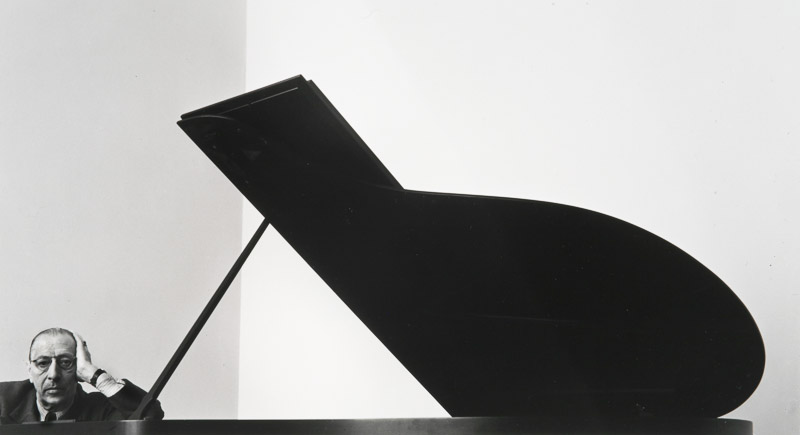Learning Objective: To develop a deeper understanding of the way in which the context in which a photograph is created and seen effects its meaning.
Photographs are not fixed in meaning; context is everything.
Simply put, meaning is derived from context, whilst context is the information that surrounds something. We form our understanding of a photograph not just from what is in it, but what we know about it.
context noun 1. the circumstances that form the setting for an event, statement, or idea, and in terms of which it can be fully understood. 2. the parts of something written or spoken that immediately precede and follow a word or passage and clarify its meaning. meaning noun 1. what is meant by a word, text, concept, or action
The contexts within which we encounter an image also offer areas for exploration. These might include:
- A photograph’s physical proximity to another and how this influences our perception of it e.g. side by side in a book, on a gallery wall etc.
- Whether we see the ‘original’ work as the artist/photographer intended – framed on a wall, in a specific location, via print, on screen, via digital projector etc.
- The information that surrounds, precedes, accompanies or follows the encounter. A simple (but highly influential) example here is if the photograph has a title or caption. But other diverse influences might seep in – the surrounding noise; your emotional state; recent reading; what you had for lunch?
Whatever your intentions for your own photographs, context doesn’t necessarily stop an image from having alternative meanings. Connections are free to be made and conclusions drawn regardless, and the deeper your awareness of various contexts – be it colour relationships, genres, the illusions of surface, photographic typologies, whatever – the more possibilities can emerge. Not everyone sees and interprets meanings in the same way.
Consider this influential photograph…
CLICK HERE TO VIEW
General Nguyen Ngoc Loan executing a Viet Cong prisoner in Saigon – Eddie Adams, 1968
What do you think is happening in the frame? Can you identify the meaning behind this photograph?
CONTEXT: Hear Eddie Adams’ account of the killing in Saigon http://100photos.time.com/photos/eddie-adams-saigon-execution
Discuss in pairs…
“There are no meaningful images”
Do you agree with Joachim Schmid? Justify your response.
Suggested Activity (extension)
You may want to produce a photograph that has a significant gap between what is seen within the frame (the subject matter) and the context that lies beyond it (the explanation that reveals its true value).
Consider how interpretations of the image might be altered by providing further context such as: a title, a quote or song lyric, a short story, a formal explanation, revealing that it is part of a set or sequence.

















